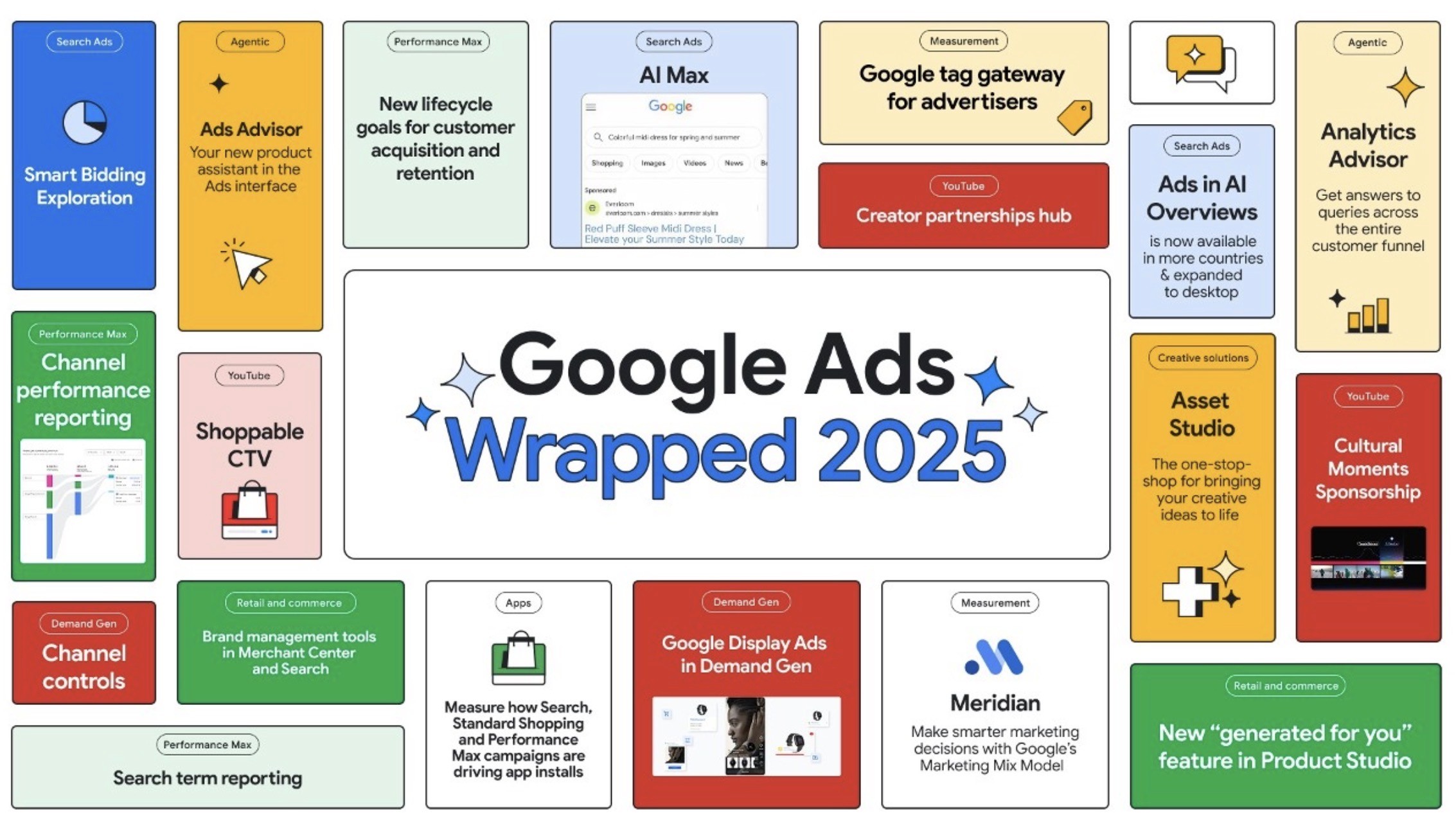Thursday, August 10, 2023 / Clicky News
Top tips for auditing a product feed.
Top tips for auditing a product feed.




Katie Jago
Katie Jago
Paid Media Specialist
Paid Media Specialist
A product feed acts as the building blocks for any shopping ad. Ensuring detailed and relevant information in the feed is pivotal to the success of your ads, so completing a feed audit ahead of peak times can bring massive value. We’ve pulled out the top 5 attributes we check in a feed audit, and the issues commonly attached to them.
Title
A common mistake is having short product titles and only using the description to show additional details about the product. When hovering over a product displayed in the Google Shopping bar, you will initially be shown the title, price and brand. Therefore, this is where you need to convey any key details about your product. We recommend including the brand name, what the product is, colour, size and material.
Another point we commonly address when doing a feed audit is the use of internal language/brand-specific naming conventions. This is most commonly seen in product names and/or colours. To get the best performance from your shopping ads, you need the product data to match user’s search queries - so if a product is called ‘the zebra’ instead of ‘zebra print striped clutch bag’, its relevance will be much lower to a user shopping for a zebra print bag. If you have some products that are struggling to serve, using the keyword planner tool in Google Ads, as you would for a search ad, is often a good place to find out what your potential consumers are actually searching for.
GTIN
We regularly spot issues with the GTIN (Global Trade Item Number) - sometimes it’s missed out from a product feed entirely. Including this product identifier will aid Google in understanding what you’re selling, and help your product to be shown alongside ads for competitors selling the same things.
Description
Something we often highlight in a feed audit is generic descriptions being applied across a whole product range. This lowers Google’s accuracy in matching products to users' search terms. A best-in-practice description should include any keyword related to the product and be informative of any key features. This should be product-led and not include marketing tactics or promotional phrasing.
Image
Taking full advantage of the image link options in a product feed is something that is often overlooked once a primary image is added. However, the best practice is to include additional image links and even a lifestyle image link. This allows you to provide additional detail in the images beyond your main image - a great way to highlight certain features of the product and show your product in a staged setting which is advised against for the main image.
Sale Price
Finally, make sure to check the price attributes used in the feed. Depending on the set-up of a feed, sale prices can often be pulled in as the price attribute and overwrite the normal price. Although it will show the right price, this changes the way it will be displayed on a shopping ad. Different annotations are offered depending on a price reduction or if the item is on sale. The sale price will be shown alongside the original price, which has a strikethrough, a badge highlighting the sale will be added, and the annotations will be coloured. A reduction in the original price will show the new price and then ‘was’ next to the original price, and the product will appear with a price drop badge as well as specific colours used for the annotations.
In conclusion, completing an in-depth audit of a feed can help to show any missing/wrong data and optimisation opportunities. Using a feed as an optimisation tool instead of a static input allows you to deliver additional value from your shopping ads. By checking the above attributes for quality assurance as a minimum before peak periods, you could give yourself a competitive edge.
A product feed acts as the building blocks for any shopping ad. Ensuring detailed and relevant information in the feed is pivotal to the success of your ads, so completing a feed audit ahead of peak times can bring massive value. We’ve pulled out the top 5 attributes we check in a feed audit, and the issues commonly attached to them.
Title
A common mistake is having short product titles and only using the description to show additional details about the product. When hovering over a product displayed in the Google Shopping bar, you will initially be shown the title, price and brand. Therefore, this is where you need to convey any key details about your product. We recommend including the brand name, what the product is, colour, size and material.
Another point we commonly address when doing a feed audit is the use of internal language/brand-specific naming conventions. This is most commonly seen in product names and/or colours. To get the best performance from your shopping ads, you need the product data to match user’s search queries - so if a product is called ‘the zebra’ instead of ‘zebra print striped clutch bag’, its relevance will be much lower to a user shopping for a zebra print bag. If you have some products that are struggling to serve, using the keyword planner tool in Google Ads, as you would for a search ad, is often a good place to find out what your potential consumers are actually searching for.
GTIN
We regularly spot issues with the GTIN (Global Trade Item Number) - sometimes it’s missed out from a product feed entirely. Including this product identifier will aid Google in understanding what you’re selling, and help your product to be shown alongside ads for competitors selling the same things.
Description
Something we often highlight in a feed audit is generic descriptions being applied across a whole product range. This lowers Google’s accuracy in matching products to users' search terms. A best-in-practice description should include any keyword related to the product and be informative of any key features. This should be product-led and not include marketing tactics or promotional phrasing.
Image
Taking full advantage of the image link options in a product feed is something that is often overlooked once a primary image is added. However, the best practice is to include additional image links and even a lifestyle image link. This allows you to provide additional detail in the images beyond your main image - a great way to highlight certain features of the product and show your product in a staged setting which is advised against for the main image.
Sale Price
Finally, make sure to check the price attributes used in the feed. Depending on the set-up of a feed, sale prices can often be pulled in as the price attribute and overwrite the normal price. Although it will show the right price, this changes the way it will be displayed on a shopping ad. Different annotations are offered depending on a price reduction or if the item is on sale. The sale price will be shown alongside the original price, which has a strikethrough, a badge highlighting the sale will be added, and the annotations will be coloured. A reduction in the original price will show the new price and then ‘was’ next to the original price, and the product will appear with a price drop badge as well as specific colours used for the annotations.
In conclusion, completing an in-depth audit of a feed can help to show any missing/wrong data and optimisation opportunities. Using a feed as an optimisation tool instead of a static input allows you to deliver additional value from your shopping ads. By checking the above attributes for quality assurance as a minimum before peak periods, you could give yourself a competitive edge.
more BLogs
more BLogs





